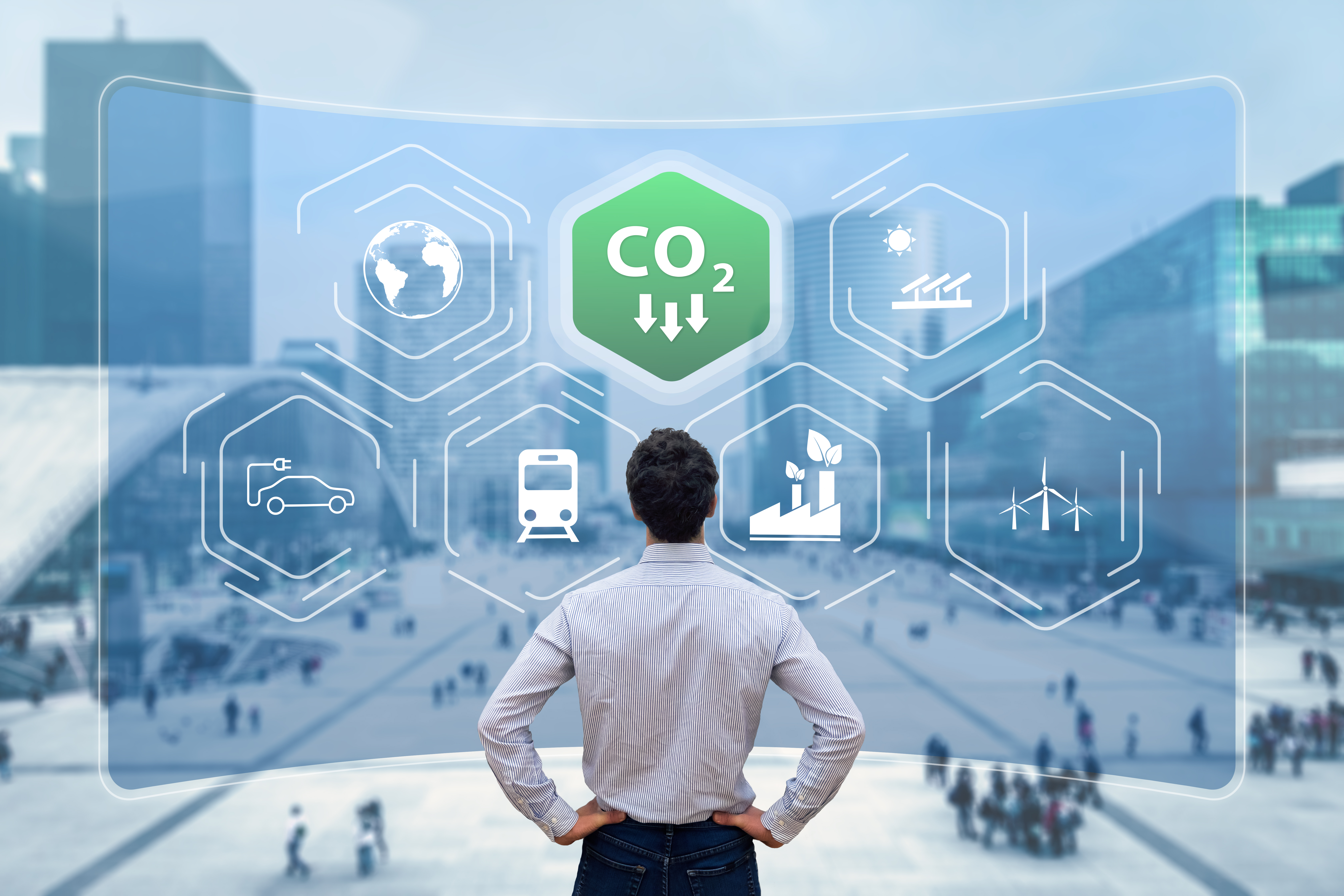The US National Blueprint for Transportation Decarbonization splits the Transportation sector into seven categories of focus: Light-Duty Vehicles, Medium- and Heavy-Duty Vehicles, Off-Road, Rail, Maritime, Aviation, and Pipelines. We will discuss the major items involved in each of these, from largest % of carbon share to least, starting with Light Duty Vehicles.
Light-Duty Vehicles produce 49% of current transportation emissions (of note, for the purposes of the Blueprint “current” refers to 2019 levels due to the pandemic and related shutdowns making 2020 & 2021 data unreliable/useless).


